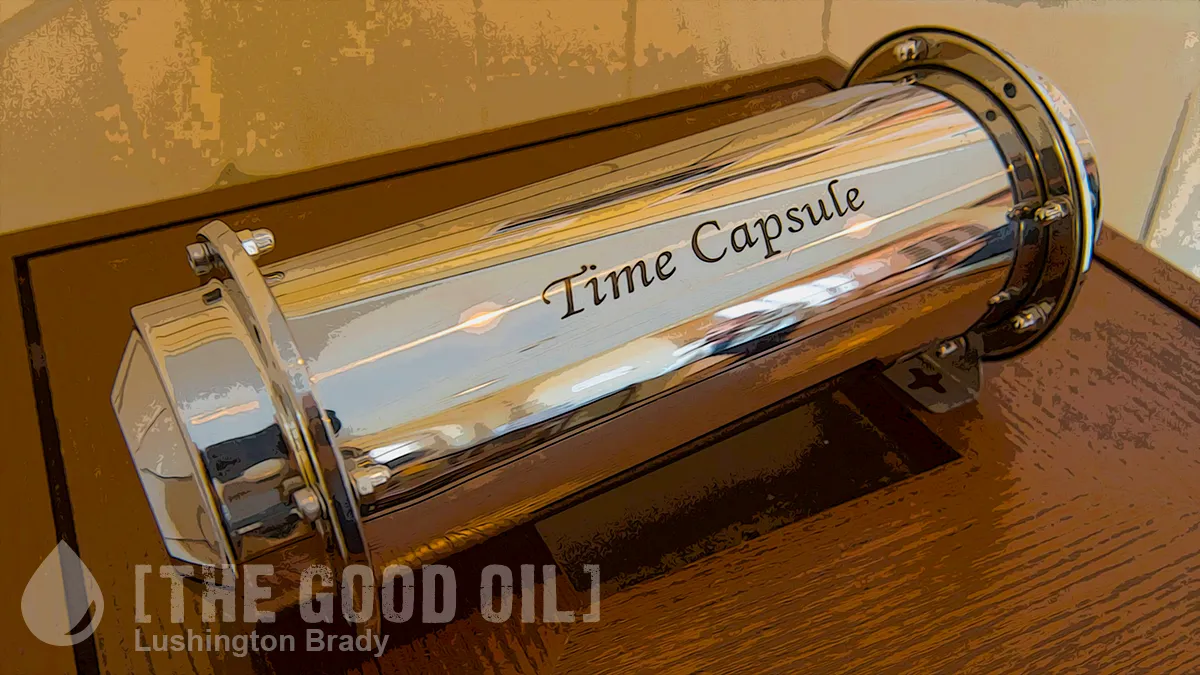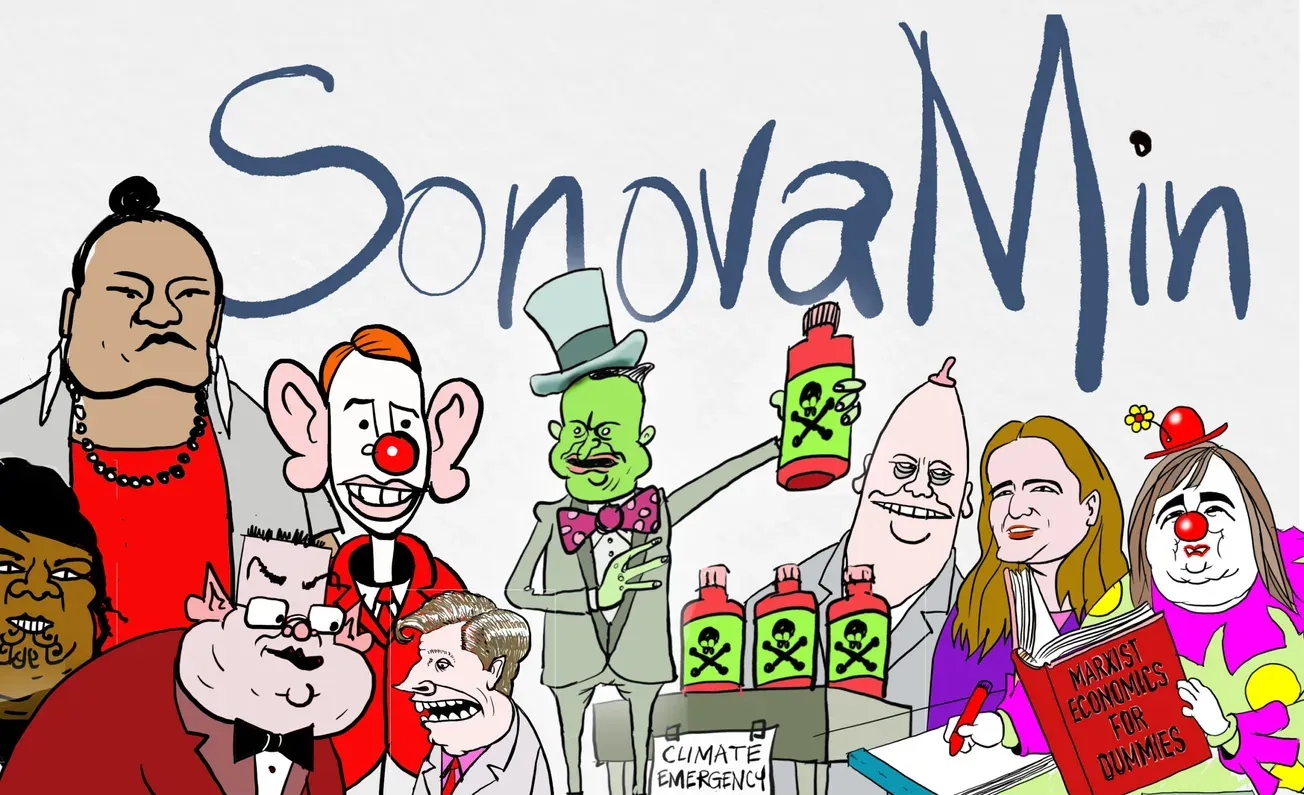Table of Contents
In Larry Niven’s ‘Known Space’ science fiction stories, a recurring plot device are ‘Slaver Boxes’. These are the scattered remnants of a long-vanished galactic which have been perfectly preserved in time-proofed ‘stasis’ for billions of years. The only problem is that they are impervious to investigation from outside – the only way to know what’s in them is to open them. Sometimes revealing a great prize, others… not so great.
On a less dramatic – or fictional – scale, time capsules became quite a craze for more than a century. While the actual term was coined at the 1939 World’s Fair, the concept dates back to the 1860s, with a flurry of capsules being sealed in cities through to the 1920s. With usually a century date on them, there was another flurry of opening them in the later years of the 20th century, peaking around 2000.
According to historian Nick Yablon, “the frequency of time capsule deposits at the time of important anniversaries (of the nation or of states and cities) and at the turn of centuries (most recently, the millennium) might lead us to conclude that they operate merely as commemorative objects, providing an occasion for patriotic self-congratulation and momentary political consensus.”
But he explains that the impetus behind “time vessels,” as he calls them, was more nuanced, reflecting the politics and controversies of the era.
In one sense, time capsules democratised archive-making. Many duplicated documents already preserved in libraries, while more contained trinkets and other items of mostly personal importance.
So, the intent wasn’t to save or preserve items that wouldn’t otherwise survive. Instead, what was chosen reflected the values of those who had the power to choose or approve the contents.
The craze was so widespread that there may well be hundreds of forgotten time capsules lurking unknown and undiscovered. None are likely to contain anything so exciting as a singing, dancing frog.
In 1976, when President Ford was about to open an 1879 capsule with unknown contents, he hedged his bets, claiming that “there is no safe big enough, to contain the hopes, the energies, the abilities of our people,” regardless of what was in the box. Alas, much like Geraldo Rivera’s opening of Al Capone’s vault in 1985, the result was a bit of a letdown.
“The prosaic contents – an inkstand, a scroll, an autograph and photograph album, and various miscellanea – proved ‘rather a disappointment for those present,’” writes Yablon, quoting contemporaneous news accounts.
But even as the time-capsule craze ebbed, humanity started sending time capsules to the stars, with millennia-long opening dates… if ever.
The plaques included on the Pioneer 10 (1972) and Pioneer 11 spacecraft launched in 1973 and the gold records on Voyager 1 and Voyager 2 in 1977 were also time (and space) capsules, reflecting our hopes and anxieties.
William E Jarvis finds them more “akin to cornerstone repositories than to modern terrestrial time capsules, because the Voyager Record and Pioneer plaque capsules lack a definitely scheduled retrieval date.” Cornerstone repositories, a tradition going back for centuries in Europe, involved placing items in the cornerstone of a new building during construction. Although related to time capsules, they also had a kinship to placing hidden tokens or tributes in a building for good fortune or blessing. And unlike time capsules, they weren’t intended to be opened or retrieved later.
On Earth, as well, truly ambitious long-term time capsules exist.
Take the Crypt of Civilization, buried at Oglethorpe University in Atlanta, Georgia. Sealed in 1940 and destined to be opened in the year 8113, the Crypt is “a twenty-foot-long, ten-foot-high chamber…massive for a time capsule, consisting of granite walls lined with vitreous porcelain enamel embedded in pitch. The stone floor (two feet thick) rests on a bedrock of Appalachian granite, and the stone roof is seven feet thick.”
Inside the chamber are hundreds of items, notes Jarvis. Future crypt-crackers will find “a model train, a toy log construction set, male and female mannequins in glass cases, a pair of binoculars, an Emerson radio, a glass refrigerator dish and cover, an electric toaster, a pair of stockings, dentures (upper), a plastic flute, a glass rolling pin, a quart of beer, a lighted makeup mirror, a life-sized cutaway model of a pregnant woman, phonograph records typifying several kinds of music, and two DuMont television receivers.”
The Crypt of Civilization was almost certainly influenced by another craze originating in the 1920s: Egyptology. Most famously in the case of Tutankhamun’s tomb, opened in 1923, people became fascinated with the idea of discovering untouched millennia-old collections. Why not, then, create their own, for future archaeologists?









